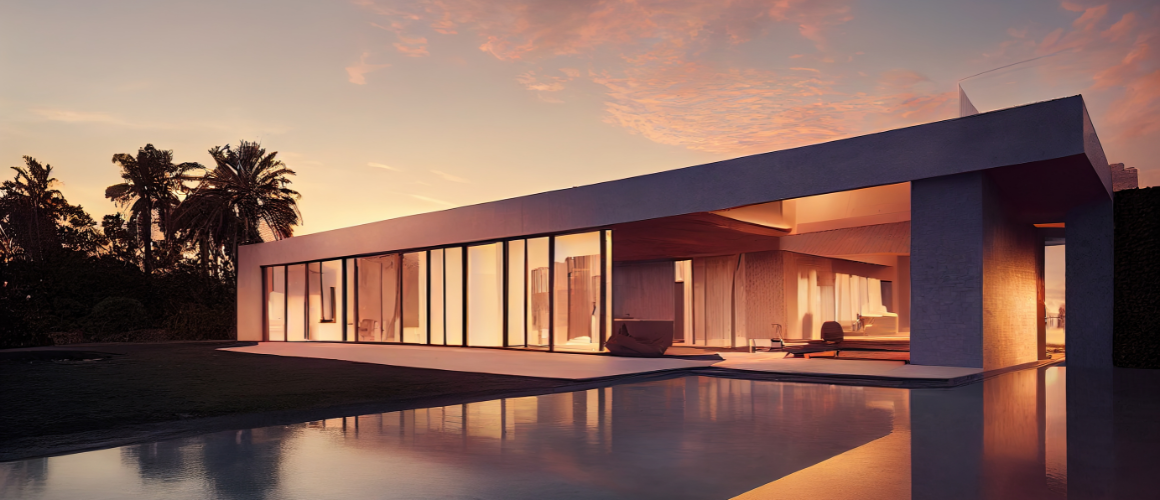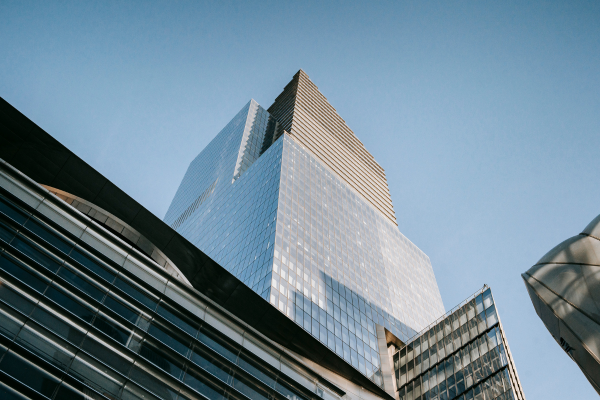
Revolutionizing Architecture: How BIM Empowers Biomimetic Design
Imagine you're telling a friend about this cool way buildings can look like trees, flowers, or even honeycombs. That's what biomimetic architecture is all about – drawing inspiration from nature to design buildings that are not just beautiful but also smart in using energy and resources. Now, think of BIM (Building Information Modeling) as the superhero toolkit that makes this possible. It's like having a set of super glasses that helps architects see every tiny detail of a building before it's even built. They can tweak and change things in a virtual world to make sure everything is perfect. This saves money, reduces waste, and makes construction smoother.
But why does this matter? Well, by looking at how nature solves problems, architects can create buildings that are more sustainable and efficient. Imagine a skyscraper that breathes, a house that stays cool without air conditioning, or a building that collects rainwater like a leaf. BIM helps bring these amazing ideas to life, making sure they are not just dreams but practical, real-world solutions. So, we're going to dive into how BIM and biomimetic architecture together are shaping the future – making it greener, smarter, and more fascinating.
Think of biomimetic architecture like getting design tips from nature. It's about looking at trees, shells, or even spider webs and asking, "How can we build like that?" Nature has had billions of years to figure out the best ways to handle everything from big storms to scorching heat. By mimicking these natural strategies, architects can create buildings that are more sustainable and efficient.
For example, a building inspired by a termite mound can regulate its temperature all by itself, without needing air conditioning or heating. Or consider how a lotus leaf repels water and dirt – imagine a building with a similar self-cleaning surface. This isn't just about making buildings look interesting; it's about solving real-world problems with lessons learned from the natural world.
By using biomimetic design, we're not reinventing the wheel. We're borrowing ideas from the best designer out there – Mother Nature. These designs help reduce energy use, cut down on materials, and create spaces that are healthier for people and the planet. In a way, biomimetic architecture is a bridge between the beauty and genius of nature and our modern built environment. It's about creating a future where buildings are not just in nature, but part of it.
BIM, or Building Information Modeling, is like the Swiss Army knife for architects and builders. Imagine being able to create a digital twin of a building, long before the first brick is laid. With BIM, you can. It lets you design, simulate, and manage all the details of a building project in a virtual space. This is huge because it means you can catch problems early, before they turn into costly mistakes during construction.
But BIM isn't just about avoiding problems. It's a powerhouse of innovation, especially when it comes to creating buildings inspired by nature. Remember biomimetic architecture? BIM makes it easier to experiment with those natural designs. You can play around with different shapes, materials, and structures to see what works best, all without spending a dime on physical models or materials.

Let's say you're inspired by the way a leaf collects rainwater. With BIM, you can design a roof that mimics this, then test it against real-world weather data to ensure it works as intended. Or maybe you want to create a building façade that mimics the cooling effect of a cactus. BIM tools let you test your designs for energy efficiency, helping to create buildings that are not just beautiful but also kind to our planet.
In short, BIM is not just about making the construction process smoother and more efficient. It's about unlocking the potential to create buildings that are smarter, more sustainable, and more in tune with the natural world. It's a tool that takes the lessons from nature and applies them to our urban landscapes, making the cities of the future greener, more livable, and genuinely inspired by the genius of our natural environment.
One of the biggest game-changers with BIM is how it helps save money and make construction projects run smoother. Imagine planning a big vacation. Without a plan, you might end up overspending or wasting time. BIM is like having the ultimate travel guide for building projects. It helps you see exactly what you'll need, when you'll need it, and how much it's going to cost.
For starters, BIM lets you do a test run of the construction process in a virtual world. This means you can spot where materials might clash or where the design might need tweaking. Fixing a problem on a computer screen is a lot cheaper than tearing down a wall that's already been built! Plus, BIM helps with buying just the right amount of materials and not a nail more. This cuts down on waste, saving money and the environment.
Then there's the scheduling magic. BIM can predict and plan every step of the construction, ensuring that workers aren't waiting around for materials to show up or for another task to be completed. This tight scheduling reduces the time it takes to build, which means saving on labor costs and getting projects done faster.
In essence, BIM is about making the most of every dollar and every minute in construction projects. By reducing waste, avoiding mistakes, and streamlining the schedule, BIM not only cuts costs but also boosts the efficiency of the entire building process.

BIM doesn't just shine during the design and construction phases; it plays a crucial role throughout a building's entire life. Think of BIM as the gift that keeps on giving, even after the construction crews have packed up and left. It's like having a comprehensive user manual for a building, providing a wealth of information that can be tapped into for maintenance, renovations, and even demolition, should that day ever come.
With BIM, facility managers have a digital blueprint of the building at their fingertips. Need to fix a leaky pipe? BIM can show you exactly where that pipe runs through the walls. Planning a renovation? BIM helps you see how changes will affect the rest of the building. This level of detail and foresight reduces guesswork, saves time, and therefore money, in maintaining the building.
But the benefits of BIM go beyond just maintenance. It allows for more sustainable building management by optimizing energy use and identifying areas for improvement. This means lower operational costs and a smaller carbon footprint over the building's life.
In summary, BIM extends its utility far beyond the initial construction phase, offering a detailed guide for efficient building management and maintenance. It ensures that buildings not only start off on the right foot but also continue to operate optimally, making it a valuable tool throughout the building's entire lifecycle.
We've journeyed through the world of BIM and biomimetic architecture, seeing how they blend the genius of nature with cutting-edge technology to create buildings that are not just structures but sustainable ecosystems. BIM is more than a tool; it's a revolution in design and construction that brings to life buildings that breathe, save energy, and harmonize with their environment. By cutting costs and boosting efficiency, BIM ensures that our architectural aspirations don't just reach for the sky but do so with the earth in mind.
As we look to the future, the potential of BIM and biomimetic architecture is boundless. Together, they promise a world where buildings mimic the efficiency and beauty of nature, making our urban landscapes more livable, sustainable, and fascinating. It's a reminder that when we listen to nature and leverage technology, we can create not just spaces to live and work in but environments that thrive. Let's embrace these tools and ideas, building a future where architecture and nature walk hand in hand.